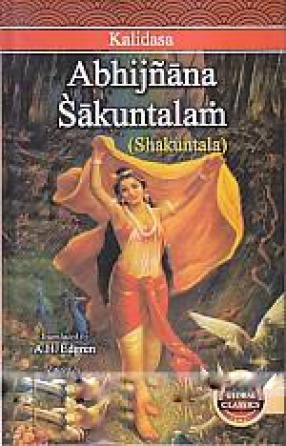
Ramesh Chandra

61 books

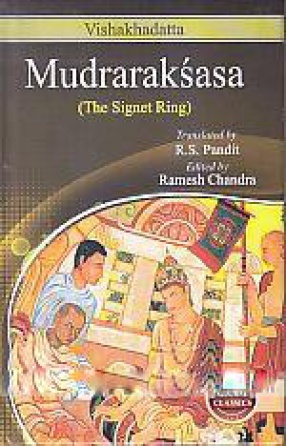
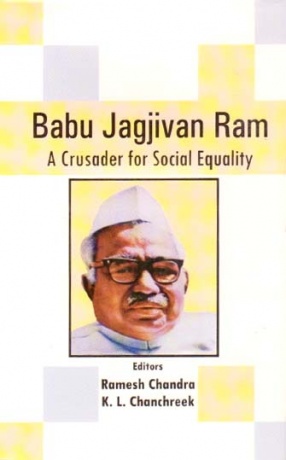


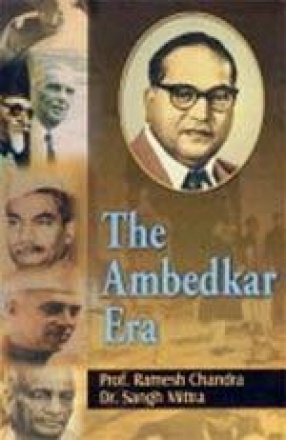
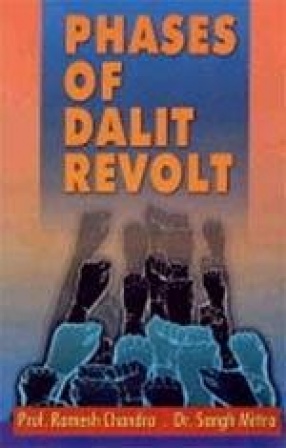

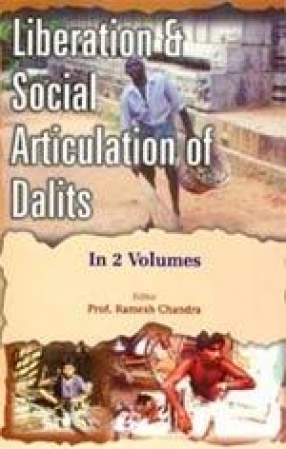
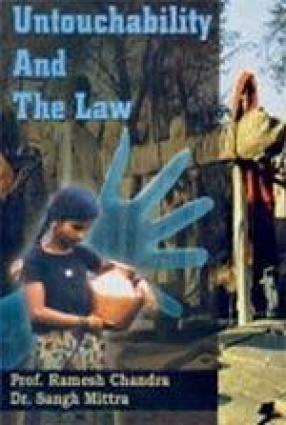
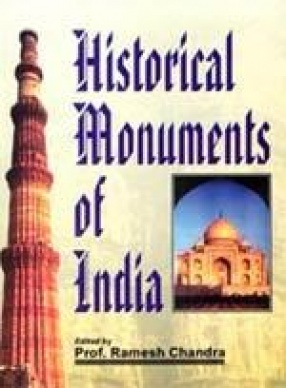
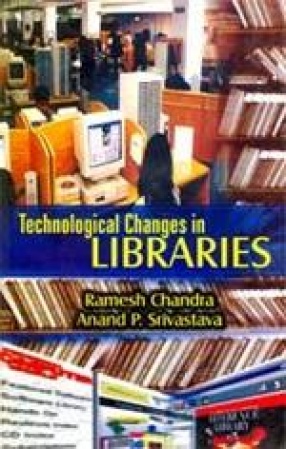
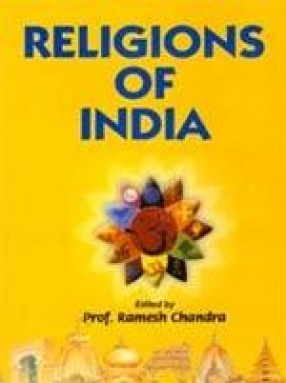

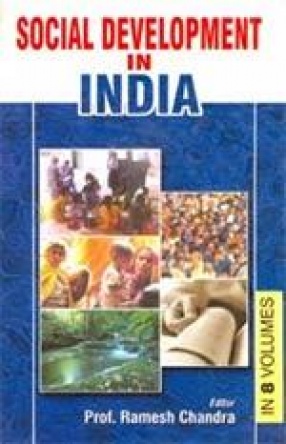


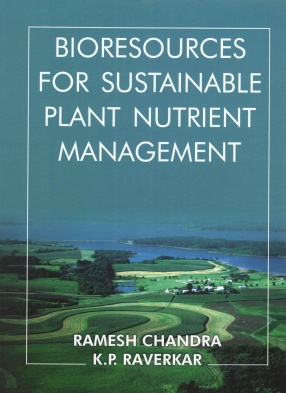
One of the current problems in crop production is increased dependency on costly imported inputs. The limited availability and imbalance use of chemical fertilizers in developing countries has led to stagnation or declining trend in soil fertility and crop yields. A huge amount of various bioresources are generated as byproducts of farm and industry, and their disposal is becoming problematic in developing countries. These bioresources if, managed properly, have ...
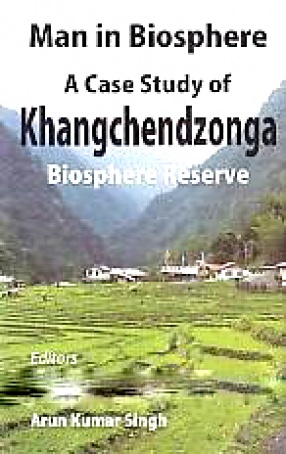
The experiences of the past few decades have shown that industrialisation and economic development have impacted, strained and in many cases altered ecosystems. An assessment of biological diversity at the global level reveals that increasing human interventions in the ecosystems have accelerated the process of biodiversity loss and Asia is the most threatened continent. Conservation and sustainable use of biodiversity, hence, are fundamental to sustainable ...

Babu Jagjivan Ram was one of the topmost political figures of the pre and post independence era and known in the history as a builder of modern India. He was a great social rebel and radical thinker who fought for the liberation of the millions of marginalised sections of society, including the untouchables, the Shudras the agricultural labour out of social isolation, slavery, serfdom and discriminations. The present publication Babu Jagjivan Ram: a Crusader for ...

Soil is important gift of nature to humankind. It is important not only for the production of food and fibre, but also for maintenance of health of living beings, environment and ground water quality. For modern society, soil is more important than ever before because soil resources of the world are finite, non renewable over the human time frame and is liable to misuse and mismanagement. Soil resources are shrinking all over the world through several soil ...

The intermediates described in this book include different types of phenols, aldehydes, carboxylic acids and ketones (acetophenones, w-substituted acetophenones, propiophenones, butyrophenones, benzophenones, phenyl ketones and some miscellaneous ketones). The preparation of heterocyclic compounds (O-containing, S-containing, N-containing, N & S-containing) is also described. The synthesis of certain miscellaneous compounds of the type benzyl cyanides, ...
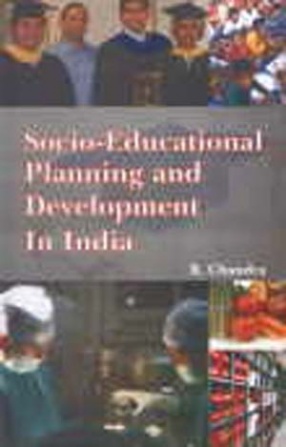
The developmental planning aims to take the country even further ahead, potentially to become the fastest growing country by the end of the 11 plan period. Here we study particularly about educational and social planning in India. A persistent complaint voiced by state governments, civil society organizations and numerous other entities is about the lack of complete information on the wide range of programmes and schemes undertaken by the various central ...

The theme has deep bearing on long and chequered career of the great Harijan or Dalit leader, commonly known as Baba Saheb Dr. B.R. Ambedkar. From his early days he began to realise that the Harijan’s social status is ‘very poor’ in the Indian society. In fact he was the victim at several fora. But he waited till he received the highest academic status in U.K. and U.S.A. Having equipped himself well academically, he began to think actively for the ...

Based on 21 chapters, a comprehensive bibliography and index, the theme depicts a complete picture of the phases of Dalit revolt. The element of awakening was generated by prominent leaders and the continued process of awakening became a glaring phenomenon. This work indeed will be useful for teachers, scholars and students in India and abroad.
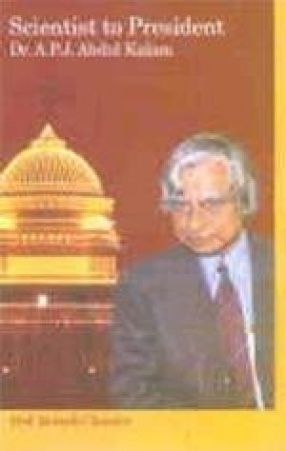
This work deals with a biographical sketch of an eminent scientist whose achievements are unique in the annals of scientific history. Commonly called the Missile Man, born at Rameswaram in a humble family background. He has a chequered career of five decades. His great contribution in Prithvi, Akash, Agni, Nag, Pokharan II and other scientific achievements have been highlighted in this work. Thus, one could say with confidence that the last few decades were most ...

The subject of Dalit Identity has of late developed into a new area of research. Today, scholars approach this subject with much more sophistication than what they used to do about two decades back. This project marks a welcome recognition of the achievements registered by Dalits in various spheres of life despite the adverse circumstances they were placed in. Glearing examples in the respect are those of Dr. B.R. Ambedkar, Babu Jagjivan Ram and K.R. Narayanan ...

The name of Shri Jagjivan Ram is historic on account of his disciplined participation in the Anti-Raj movement for Swaraj launched by Gandhiji along with millions of satyagrahis. Babuji as he was called, was a very fine leader, a superb parliamentarian and a successful Cabinet Minister for more than three decades. The chapters, 21 in number, cover his long chequered career of more than six decades. The theme gives a vivid view of each and every aspect of his ...
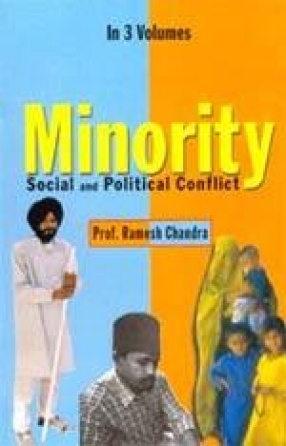
This three volume work on minorities picks out problems of different kinds of minorities and analyses them in great detail. Volume one focuses on certain major issues faced by racial and ethnical minorities. Second volume deals with the social conflict that arise to the disadvantage of minorities. Issues of human rights and protection of minorities etc. also find description. In third volume, we come to know about how some minorities are fighting for survival, ...
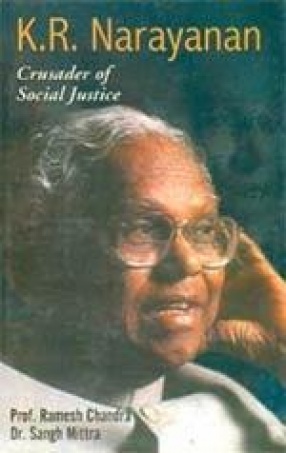
The theme covers the life sketch including speeches and writings of Shri K.R. Narayanan, the eleventh Rashtrapati of India. Born in a middle class, he led a disciplined and simple life as a student in India and abroad. He succeeded in a marvellous way in every field of work, including diplomacy, education, public life and bureaucracy. This book would be useful for teachers, research scholars and students interested in social sciences and diplomacy.

This set in two volumes tracks down dalit history, their marginalisation, welfare measures and awakening of dalits. Besides, the work also suggests ways and means to bring dalits into mainstream society. First volume traces the social history of dalits, their ethnicity and racial conflicts, their exclusion from mainstream society land laws relating to dalits. Second volume deals with social disabilities of dalits, their rights, educational and welfare programmes ...

Weaved into comprehensive nine chapters, the theme commences with numerous developments among Scheduled Castes, Protection of Civil Rights Acts, relevant Provisions of the Constitution, various relaxations and concessions given to S.C.s and S.T.s, and Acts of 1989 and 1995. This work will be useful for social scientists, teachers, political leaders, research scholars and students in India and abroad.

The Historical Monuments of India speak of the architectural taste of numerous rulers since centuries. The experts were brought by them from far and wide and they were immensely compensated and rewarded on the completion of the monumental work. Indeed years and years were spent on the completion of these buildings. If we travel from North to South and again from West to East including Central India, we come across numerous historical buildings and forts which ...

The functioning of a library has been with a fairly old style for a long time. The process indeed was slow and hence it needed a useful improvement. The electronic and digital system brought about a remarkable revolution in the life of libraries. This led to computer-oriented technologies. Undoubtedly this new system gave a new boost to electronic publications which greatly helped the library budgets. Besides we have taken advantage of the copyright based ...

The chapters in this volume are sixteen in number which have been well-weaved and the events connected with them are mentioned in a comprehensive way. A sincere effort has been made to give elaborate details regarding Hinduism, Islam, Sikhs, Parsi, Buddhism, Jainism and Christianity having deep bearing on minute details relevant to the subject. The teachings of prominent founders have been given proper space and the aspect of ethics occupy an unique position in ...
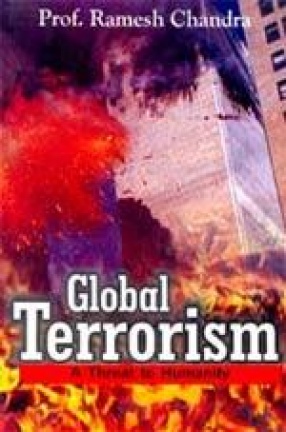
Since the days of yore, terrorism had deep linkage with our changing modes of civilisation. The acts of violence are the glaring phenomenon which are very often used to oust a ruler or a depot. The methods are ferocious in contents: they are guns, letter bombs, conventional explosives, kidnapping, demand for ransom money and airline hijacking. Thus terrorists can attack anything, anywhere and at any time. It is evident that the governments cannot protect ...

Forensic science encompasses a wide variety of scientific disciplines. Its foremost purpose is to offer unprejudiced, scientific support for use in courts of law. Scientific analysis of physical evidence is compulsory to assist the police in their investigations. These examinations include – detection of blood, semen, saliva, and other body fluids. Blood grouping from dried blood, or semen stains. Determination of origin of species from blood stains. Use of DNA ...

The term 'social development' has come to acquire a very important and new salience in the literature and practice of development. In India visionaries, social reformers and leaders of India’s independence movement propounded a wider concept of social development. This encyclopaedia, analyses social development in India with a macroperspective, in relation to programmes initiated under the Five Year Plans. It examines Rural Development, Population and Family ...
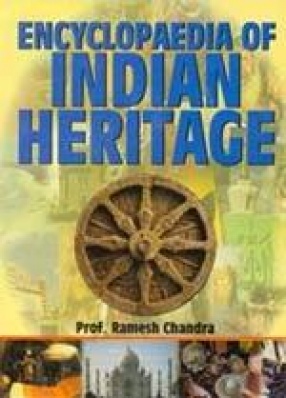
The theme has been weaved in a comprehensive way into five volumes having deep bearing on cities and towns, historical monuments, religious places and fairs and festivals. In fact they are the part and parcel of Indian life having deep bearing on their ardent faith. Their social religious life is greatly controlled and managed by their beliefs in numerous Gods, Goddesses and deities. In fact this is something spontaneous in the ongoing process of human life. Very ...
